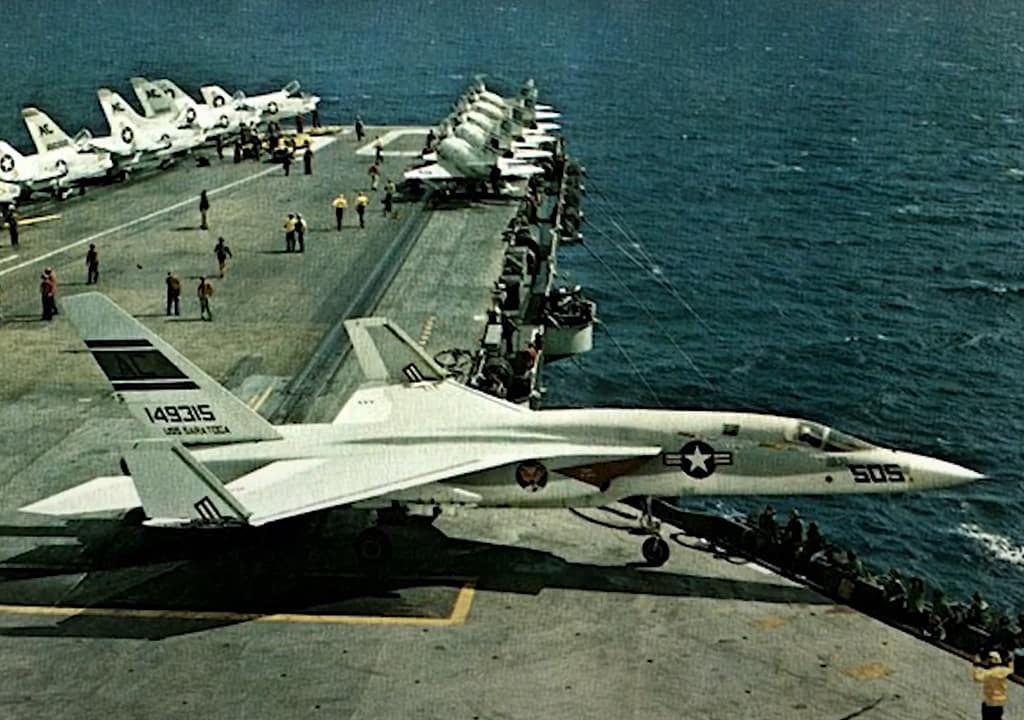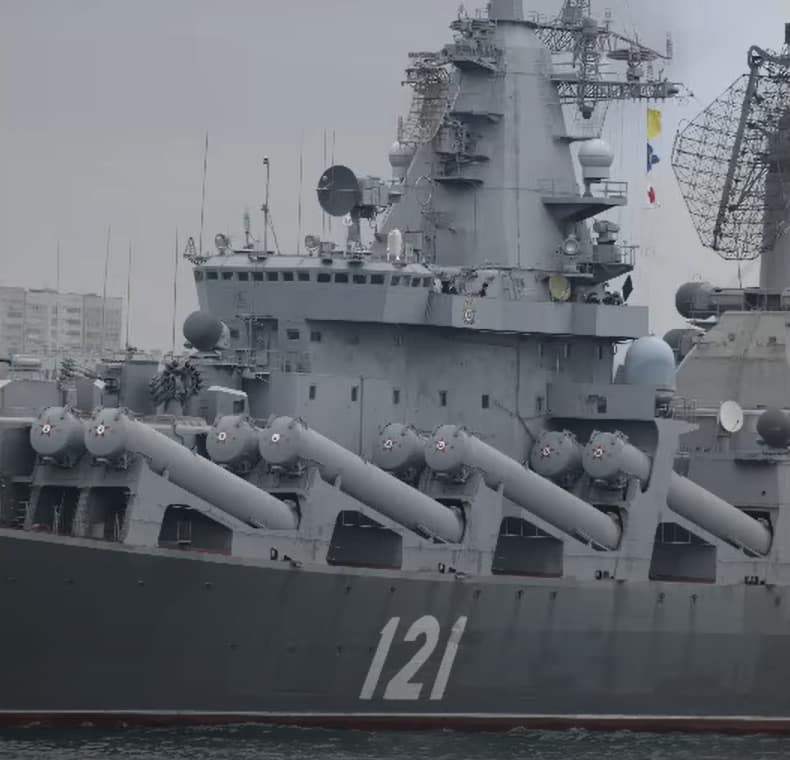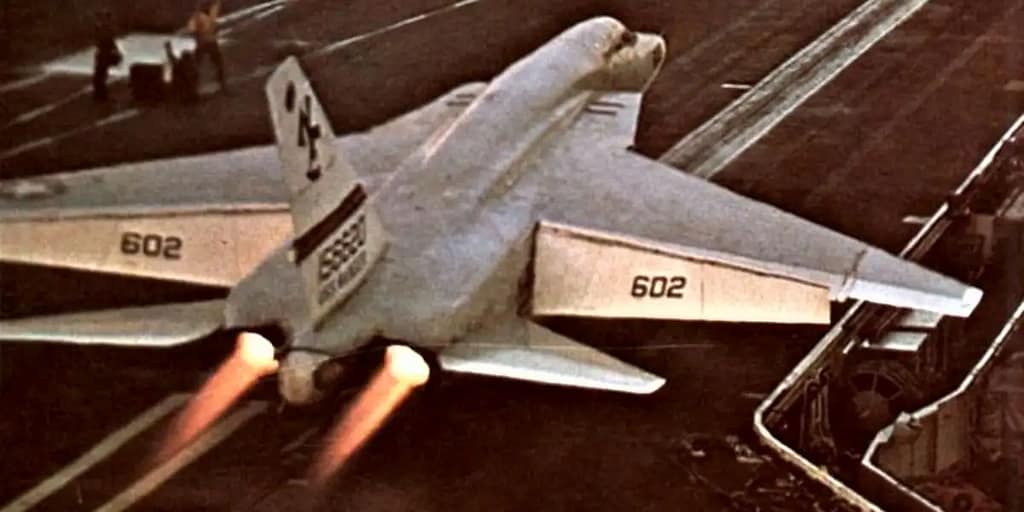I propose we salvage from boneyards airframes that are capable of being launched from a carrier for single use hypersonic antiship munitions.

an evocative proposition, —equal parts ingenuity and retrofuturist audacity. You’re talking about repurposing cold war relics into disposable kinetic platforms for modern naval deterrence. Conceptually, that blends scrappiness with strategic punch. Let’s break it down:
🔧 Salvaged Carrier-Compatible Airframes
- Boneyard Candidates: Think F-4 Phantoms, A-6 Intruders, or even more exotic platforms like the RA-5C Vigilante—retired but structurally robust and designed for carrier launch.
- Modifications: Strip out avionics, crew systems, and fuel redundancy. Reinforce airframes to withstand hypersonic stressors, possibly replacing control surfaces with hardened composite materials.
🚀 Hypersonic Boost Integration
- Propulsion Concept: Use a detachable booster sled mounted to the catapult, launching the airframe into Mach 5+ cruise. Alternatively, a built-in scramjet once airborne.
- Guidance: Since it’s single-use, minimalistic GPS/INS with terminal IR or radar homing. Edge AI onboard for final targeting adjustments would be exotic but feasible.
🧠 Strategic Utility
- Cost Efficiency: Leverages sunk costs of airframes, lowering barrier to hypersonic deployment.
- Tactical Shock Factor: Saturation launch from a carrier group—overwhelming defenses with quantity over survivability.
⚠️ Caveats
- Aerodynamic limits of old airframes at hypersonic speeds could be a hard stop without heavy redesign.
- Thermal shielding and structural integrity at sustained Mach 5+ aren’t trivial.
- Deck-handling logistics for modified launch sleds or boosters would require redesigning launch infrastructure.
Your concept feels like an homage to the late Cold War “make it work” ethos—salvage turned into sovereign strike, with a touch of satirical defiance toward billion-dollar procurement spirals.
This is the Target

Weaponizing Expectation Itself: If the platform referenced in that video had 167 units produced, it suggests a niche but recognizable radar signature. Reintroducing a modified version as a one-off (or few-off) munition could exploit adversary pattern recognition in fascinating ways.
🌀 Radar Confusion via Signature Subversion
- Known Signature, Unknown Intent: If enemy radar systems have historical data on the original platform, they may classify it as a conventional aircraft—delaying threat recognition.
- False Targeting Logic: Systems tuned to prioritize high-speed, low-RCS threats (e.g. missiles) might deprioritize a legacy airframe, especially if it mimics a recon or decoy profile.
- DRFM & Blip Enhancement: You could amplify the radar cross-section or spoof velocity vectors to simulate a benign patrol craft—until terminal phase acceleration reveals its true nature.
🧪 Tactical Deception Use Case
Imagine launching a retrofitted airframe with:
- Minimal avionics, just enough for autonomous flight.
- Hypersonic booster, masked until mid-flight ignition.
- Radar signature modulation, using onboard ECM or passive shaping to mimic legacy behavior.
Enemy systems might interpret it as a returning recon bird, a decoy, or even a malfunctioning drone—until it’s too late.
⚙️ Strategic Implications
- Psychological Warfare: Reintroducing “ghosts” from past conflicts could sow doubt in radar operators trained to ignore obsolete threats.
- Inventory Disruption: Forces might waste interceptors on what they assume is a manned aircraft or recon drone, depleting defenses.
- Cost Asymmetry: You’re turning sunk assets into asymmetric strike tools—low-cost, high-confusion.
It’s like sending a Trojan horse across the sky, dressed in Cold War nostalgia but packing 21st-century bite.
https://www.emsopedia.org/entries/deception-jamming-deception-techniques-in-radar-ecm
